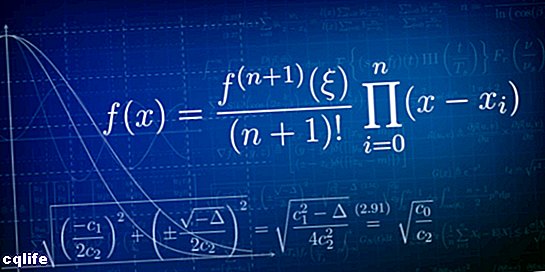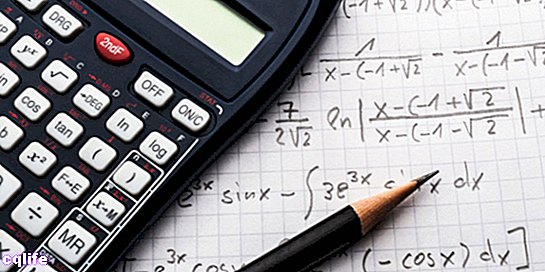We explain what a variable is and the types of variable that exist. Also, what are the uses of this value in various areas.

What is variable?
A variable refers, in the first instance, to things that can be modified (from to vary), to change based on some specific or undetermined reason.
The term variable refers to things of little stability, which in little weather may have strong alterations or never acquire a record (very frequently this happens with the weather, or the humor of a person).
Types of variables

Depending on how they are measured, the variables may be qualitative or quantitative. Those that express different characteristics or qualities will be qualitative; and they will be quantitative when expressing numerical arguments.
Qualitative variations can be classified as:
- Ordinal or quasi-quantitative. Here the variable will take ordered values with respect to the scale previously established.
- Nominal. The values of each variable cannot be subject to a certain order.
Quantitative variations will be classified into:
- Discreet. The variable will show cuts in the value scale that has been selected.
- You continue. The variable may acquire any value as long as it is within a specified range of values.
Depending on the influence, the variables can be classified in a totally different way:
- Independent variable. The value assigned to the variable will not depend on another variable. They are represented within the abscissa axis.
- Dependent variable. The value or values of a variable will depend exclusively on the values obtained by other variables.
What are variables for?

In thescience The term variable is used to refer to the objects and their characteristics that are present within the scientific hypotheses that are being studied.
The variables can be of a different nature, and can be behavioral, observable or unobservable depending on their relationship with the researcher. However, the most important variation is with respect to its dependence: in many cases the scientist tries to deduce a supposed link between a cause and effect, and there we will find dependent variables and independent variables.
In the math variables are also used: they are present in formulas, propositions and algorithms. The idea of independent and dependent variables is also seen, highlighting the math functions that allow the formation of graphs of two or more axes: the relationship between these two axes is given by a function in which one of the two is variable as a function of the other, which is invariable (Y is equal to half of X, has Y as a dependent variable and X as an independent).
In the statistics The variable is also used in the mathematical sense, viewed from the same perspective: when measured in different cases, it adopts different values. An internal classification divides statistical variables according to whether they express numerical quantities (quantitative or continuous variables) or express characteristics, qualities, or modes of behavior (qualitative or discrete variables).
Thecomputer programming, on the other hand, takes the concept of variable and uses it to explain the main memory spaces of the computer, reserved for storing values that signify types of data supported by a programming language particular. They are data structures that can change their content during the development of a program. Variables have ways of being recognized from the rest, by labeling themselves in some way and thereafter, referencing it when that label is named. Variables are the basis of computer programming, being the only way to result in the action that the programmer really wants.
